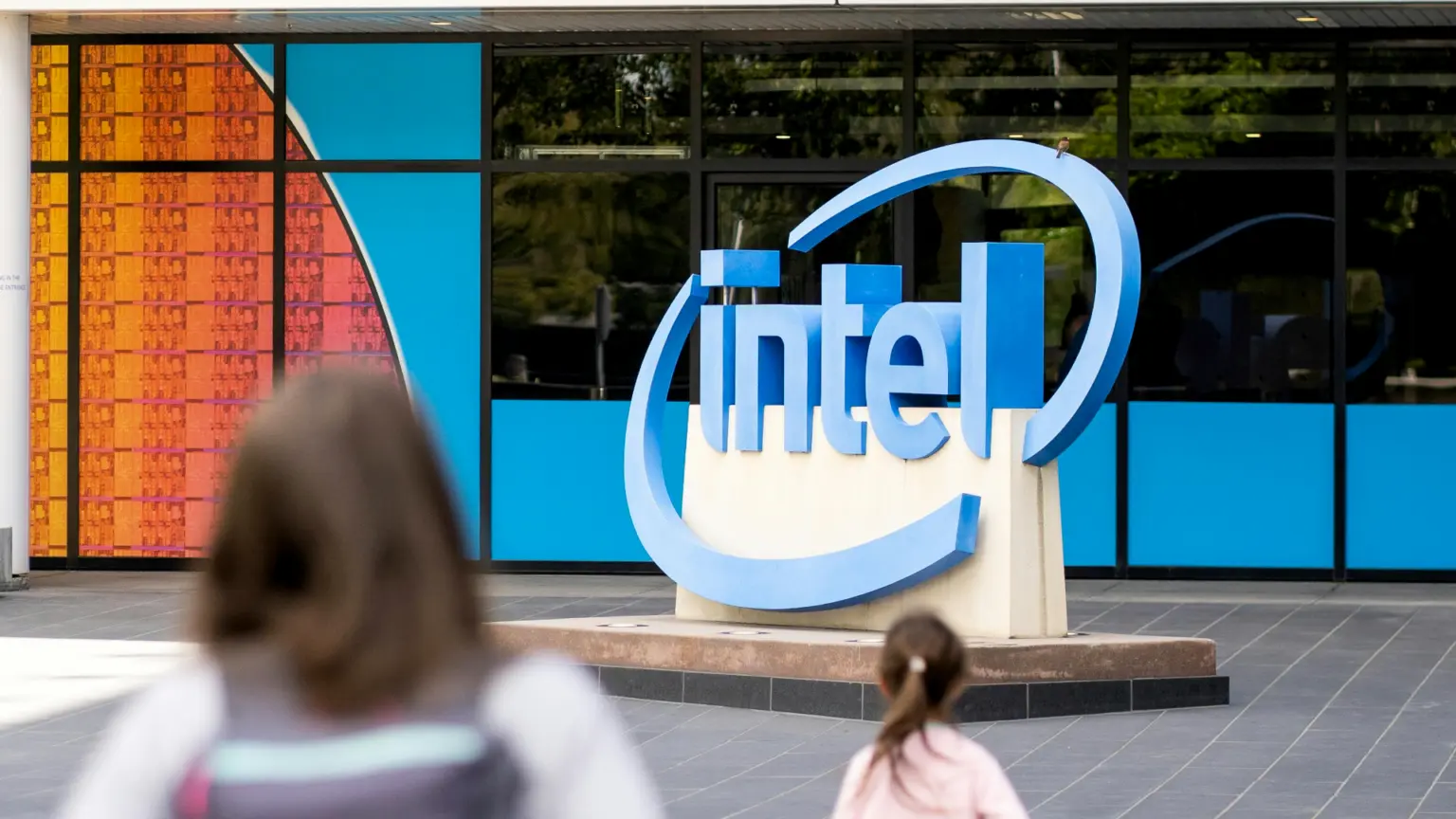Intel has embarked on the biggest restructuring in its recent history. The company that has defined the semiconductor market for decades is facing radical cost-cutting and strategy changes to survive the worst crisis in years. The latest plans, unveiled at its latest financial results presentation, involve laying off nearly a third of its global workforce, a scale much larger than previously communicated in the media.
By the end of 2025, the company’s workforce is projected to fall to 75,000 employees. Considering that as recently as last year there were 99,500 employees at Intel alone (and 108,900 including affiliates), this means a reduction of at least 24,000 to as many as 33,000 FTEs. It’s a massive blow to help the company regain financial stability after posting gigantic operating losses of up to $18 billion in 2024 – the first such severe losses since 1986.
A wall called Wall Street
The new management, led by CEO Lip-Bu Tan, is implementing what has been described as ‘difficult but necessary’ measures. The pressure from Wall Street is clear: Intel must show a credible path back to profitability. Mass layoffs are the easiest and quickest way to reduce operating losses and are at the core of the new strategy. The goal is to reduce operating expenses (non-GAAP) to $17 billion this year and further reduce them to $16 billion by the end of 2026.
However, such a profound loss of talent and human capital raises fundamental questions about the company’s ability to rebuild its former position as an innovation leader. Restructuring does not only mean layoffs, but also painful cuts in strategic investments.
No more “Build it and they will come”
The most affected area becomes Intel Foundry, the contract manufacturing division that was supposed to be the company’s new driving force and answer to TSMC’s dominance. The new CEO has openly admitted that the company was investing too aggressively in new factories without ensuring sufficient demand.
As a result, ambitious expansion plans are abruptly put on hold. Intel abandons new projects in Europe, including the construction of plants in Germany and Poland. An investment near Wroclaw, which was to create a key testing and assembly hub in the region, is being put on hold. The operations that were to be carried out there will be consolidated at existing facilities in Vietnam and Malaysia. Capacity expansions in the US, including the flagship project in Ohio, will also be affected by the slowdown.
The ‘build it and the customers will come’ approach that characterised Intel’s confidence for years has officially been abandoned. The new philosophy is to build what customers need and what is already in real demand, winning their trust by fulfilling specific orders rather than speculatively building a manufacturing powerhouse.
Tidying up the portfolio and roadmap
The changes also touch the heart of the company’s business – chip design. Management admits that mistakes were made in the past, especially in the context of multi-threading capabilities in P-core (Performance Cores). The new CEO has announced personal oversight of each key project, which will have to receive his approval before launch.
Despite the cuts, key product plans remain in place. The successor to Intel’s core platforms, the Nova Lake architecture, is still planned for late 2026. It is intended to respond to increasing pressure from competitors, primarily AMD in the PC and server market and Nvidia in the AI accelerator segment.
Artificial intelligence is precisely the area where Intel needs to catch up the most. A new strategy has been announced for a ‘full-stack AI solution’ (full-stack AI solution), which will be the responsibility of a newly appointed CTO. The company is also planning changes to the leadership of its data centre division, which is key in the battle for the most profitable segment of the market.
First signs of improvement?
Despite the dramatic announcements, the latest financial results offer a glimmer of hope. For the second quarter of 2025, Intel reported revenues of $12.9 billion, slightly better than the previous quarter and within the upper limits of forecasts. Management interprets this as early evidence that the actions taken are starting to pay off.
Intel is embarking on a long and bumpy road. The company is becoming smaller, but is expected to be more financially disciplined and focused on execution. The next two years will show whether this painful treatment will allow the ‘Santa Clara giant’ to regain competitiveness and return to growth in a new AI-dominated era.










